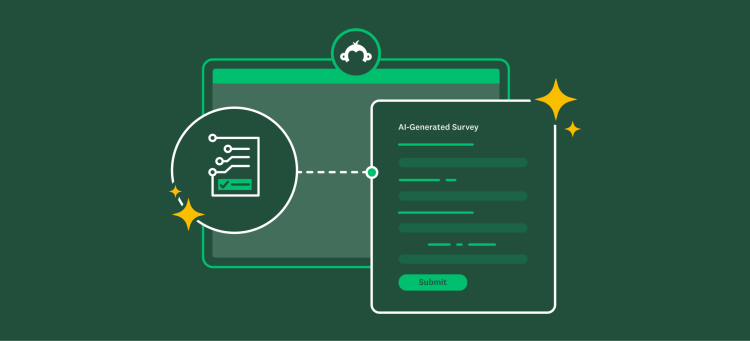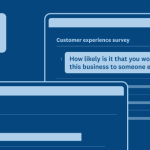Everyone would like response rates to be as close to 100% as possible. Higher response rates mean we bother fewer people while carrying out our research, and typically our costs of gathering those responses decline accordingly. Response rates are often assumed to reflect a representation of a given population.
But a 100% response rate for a tiny corner of a population isn’t as valid as a low response rate within a sampling frame (the starting point for survey invitations) with great coverage. To put it another way, having 100% response rate from people who all love chocolate to a survey on likelihood to purchase a new chocolate candy may not provide responses that are as useful for determining projected sales of the new candy as from a 5% response rate to the same survey from a pool of respondents that represent average shoppers in the U.S.
A large number of survey researchers try to boost response rates by offering some sort of reward for completing a survey. A lot of academic research suggests that offering some sort of reward can initially increase completion rates. However, the same literature indicates that once you reward people for a task, they often won’t do the same task in the future without a reward. In other words, rewards can help the first time you ask, but may hurt during later attempts to interview the same people. What does this mean for you? Use rewards when you need a one-time survey fielded quickly and avoid rewards when you expect to interview the same people with any sort of regularity.
Additionally, a fair amount of psychology literature shows that incentives, particularly cash, can reduce people’s intrinsic motivation to do things, leading to more careless responding and that can mean potentially poorer quality data.
All of that said, rewarding survey takers can still be right for certain projects. Sweepstakes are an easy way to incent people to action that does not increase in cost as more people respond to your survey. However, there are a whole host of legal and fulfillment requirements involved with sweepstakes—these rules and regulations can also differ by country and state. Just as we’ve done with making the survey creation and analysis process easier, we’ve now made the process of offering an incentive (ranging from customized coupons through sweepstakes) a lot easier too by taking care of legal and fulfillment requirements for you. Click here to learn more.
Have you used an incentive in your survey before? We’d love to hear more about your experience and thoughts in the Comments section below!



